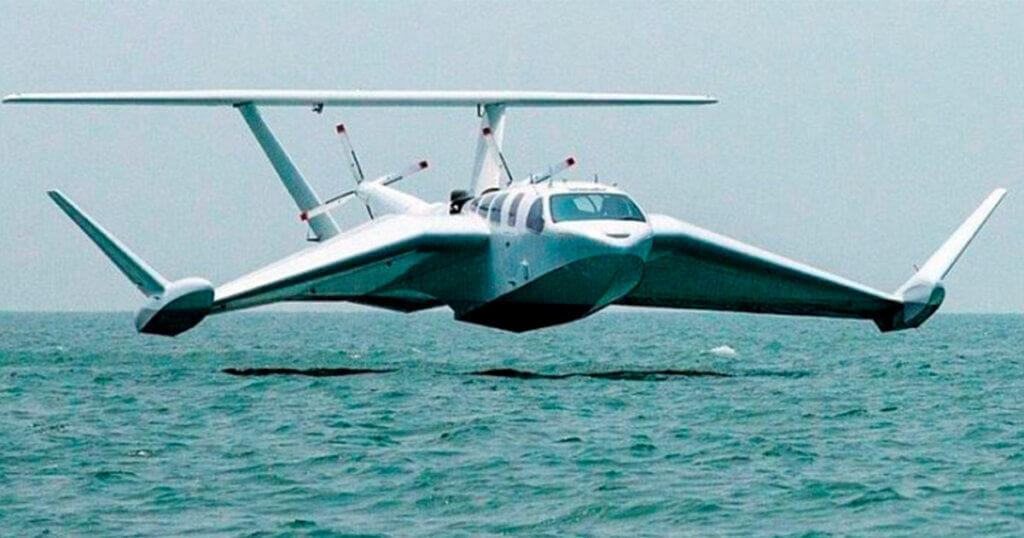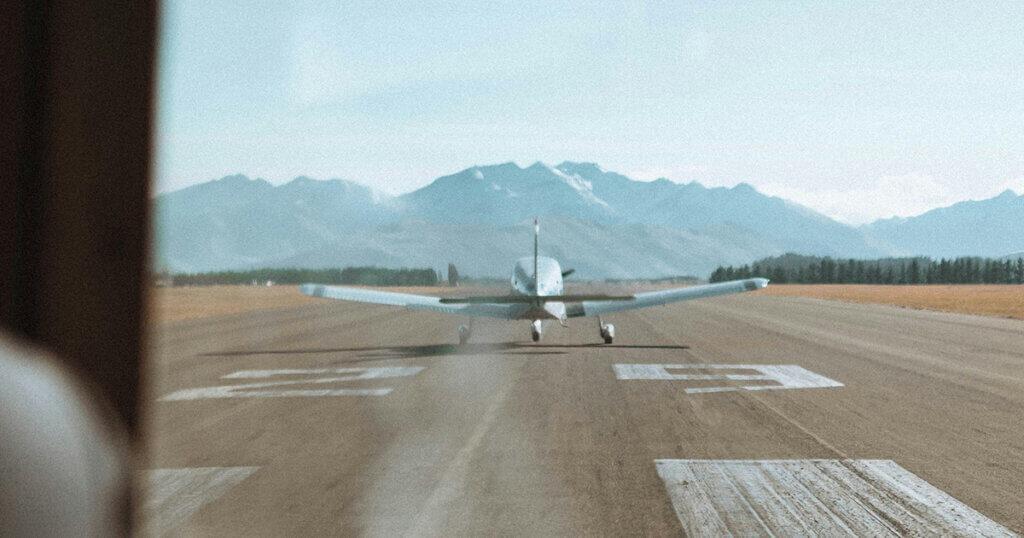- (+34) 913 09 43 73
- info@worldaviationato.com
- Mon - Fri: 9:00 - 20:00
Ground effect is the name given to the aerodynamic phenomenon that occurs when a body with different pressure in the area above it and the area below is very close to the earth’s surface causing changes in the air flow. It can be exploited in fields as diverse as aviation or motorsport, although to obtain opposite results: suction for these and lift power for aircrafts.
In aviation, this phenomenon occurs when flying at an extremely low altitude, almost touching the earth’s surface or water, a kind of compressed air “mattress” between the aircraft and the ground is created reducing aerodynamic drag and increasing flight efficiency. For aviation enthusiasts and trainee pilots, understanding the ground effect is crucial for a safe and efficient aircraft control during critical phases of flight such as take-off and landing.
Certain types of aircraft fly by, among other things, creating a low pressure zone above the wings and a high pressure zone below the wings. When they are close enough to the ground, the air below them is pressurised against the ground, causing the high pressure zone to increase even more, thus increasing lift. This allows helicopters and convertiplanes (a hybrid between an aeroplane and a helicopter) to take off with more lift and require less power to hover close to the ground. It is also one of the most important fundamentals for the flight of ekranoplanes, aircraft-like vehicles that rarely leave the influence of the ground effect where it flies on a cushion of air in a similar way to a hovercraft.
The ground effect on an aeroplane is triggered when the aircraft is at a height equivalent to its wingspan. In this area, the air under the wing compresses against the ground, significantly reducing the wingtip vortices that are responsible for much of the induced resistance. This results in an increased lift and a reduced drag what allows the aircraft to fly more efficiently. The ground effect aerodynamics becomes a powerful tool for pilots, especially at in flight critical moments such as take-off and landing.

Controlling the ground effect requires a deep understanding of flight dynamics and an exceptionally skilled pilot. During landing, it is essential to avoid the “balloon effect”, which occurs when an aircraft ascends again after an attempted failed landing due to an improper management of the ground effect. Pilots must be very accurate when adjusting the speed and angle of descent in order to ensure a smooth and safe landing, without causing an adverse ground effect.
It could be said that the “father” of the ground effect in the field of aeronautics is Alexandre Martin Lippisch (2 November 1894, Germany, – 11 February 1976, Iowa, USA) a German engineer, pioneer of aerodynamics, who made important contributions to the study of ‘flying wings’, the ‘delta wings’ and the ‘ground effect’. Its most famous design is the Messerschmitt Me-163 fighter, powered by rocket (i.e., a rocket-plane).
After working in companies such as Zeppelin where, with his first design of tailless aircraft, he started a research program that resulted in some fifty designs throughout the 1920s and 1930s, he was appointed head of the Rhön-Glider Research GroupRossiten Gesellschaft (RRG). In early 1939 the German Ministry of Aviation assigned Lippisch and his team to work at the Messerschmitt factory to design a very fast fighter aircraft.
After the war, Lippisch was deported to the U.S. Army. where advances in jet engine designs made his own designs more feasible and attracted the attention of ConvAir.
Later, from 1950 to 1964, Lippisch worked in the aeronautics division of the Collins Radio Company in Cedar Rapids, Iowa. At that time, his interests shifted to vehicles using the ‘ground effect’. The results were an atypical vertical takeoff and landing aircraft (VTOL) (an aerodine) and an experimental hydro-wing seaplane, the X-112, which flew in 1963, but Lippisch got cancer and left Collins.
In 1966, once recovered, he founded his own research company, Lippisch Research Corporation. They built prototypes of the aerodine and ground-effect aircraft RFB X-113 (1970) and RFB X-114, although did not undertake further development. Kierkhaefer Mercury also became interested in his floor-effect devices, and successfully tested one of his designs, the ‘Aeroskimmer’, but ended up losing interest. Lippisch died in Cedar Rapids on February 11, 1976.
In the automobile field it was Anthony Bruce Colin Chapman, an expert in structures engineer, who in the mid 70’s saw in the floor effect the solution to the poor grip of F1 cars.
Thus, the study of this phenomenon has been crucial for the development and improvement of high-speed aircraft and land vehicles, being its knowledge and control indispensable both for a perfect execution of a flight operation and to complete a F1 competition without incidents.

Flying too low can intensify the soil effect which, while reducing endurance and increasing fuel efficiency, can also present significant risks. Proximity to the ground limits the pilot’s maneuverability and increases the risk of collision with terrestrial obstacles. In addition, pilots should be aware of the “floor and ceiling effect”, which refers to operational limitations both below and above certain altitudes.
In conclusion, the ground effect is a fascinating phenomenon that offers both benefits and challenges in aviation. Its correct management is essential for flight safety and efficiency.
At World Aviation, a leading pilot school, not only our students learn to understand advanced theories such as the ground effect but also to apply this knowledge to real flights, becoming perfectly prepared for any situation that may arise during their professional career.
If you are interested in flying higher in your pilot career join World Aviation Flight Academy, the training center where the passion for flying is complemented by excellence in training.
You will be up to date with the news at World Aviation Group.